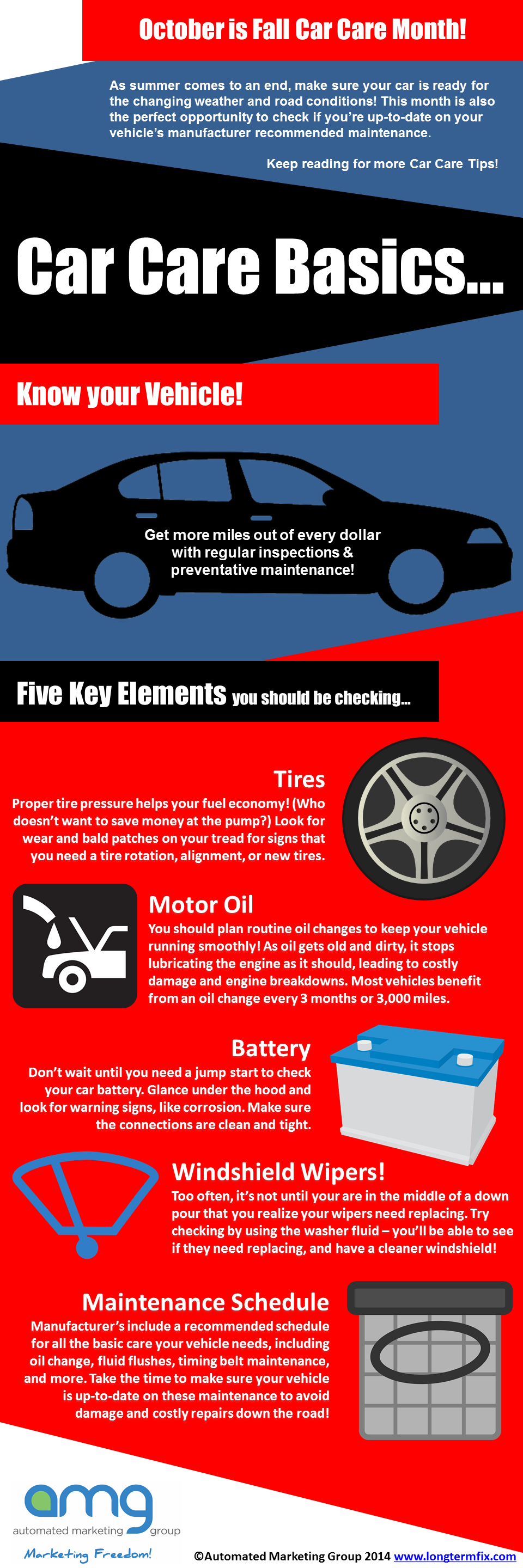Checking Out The Genuine Interpretation Of Your Automobile'S Warning Lighting
Checking Out The Genuine Interpretation Of Your Automobile'S Warning Lighting
Blog Article
Content By-Cummings Mendez
When you're behind the wheel, those glowing caution lights on your dashboard can be a little bit puzzling. Do you know what they're attempting to inform you concerning your vehicle's wellness? Recognizing the relevance of these lights is vital for your safety and security and the durability of your lorry. So, the following time one of those lights pops up, wouldn't you wish to decode its message properly and take the needed steps to address it?
Common Warning Lighting and Interpretations
Recognize typical caution lights in your vehicle and understand their definitions to ensure risk-free driving.
One of the most common warning lights consist of the check engine light, which signifies issues with the engine or emissions system. If this light begins, it's important to have your lorry inspected promptly.
The oil stress alerting light suggests reduced oil pressure, requiring instant interest to stop engine damages.
A blinking battery light may suggest a faulty billing system, potentially leaving you stranded if not resolved.
The tire pressure surveillance system (TPMS) light alerts you to reduced tire pressure, impacting car security and fuel performance. Ignoring this can cause harmful driving problems.
The ABS light suggests a problem with the anti-lock stopping system, jeopardizing your ability to stop promptly in emergencies.
Lastly, the coolant temperature level alerting light warns of engine getting too hot, which can result in serious damage if not dealt with promptly.
Understanding these usual caution lights will certainly help you resolve concerns without delay and keep safe driving conditions.
Relevance of Prompt Attention
Comprehending the usual caution lights in your automobile is just the first step; the value of promptly resolving these cautions can not be highlighted enough to ensure your security when driving.
When a warning light brightens on your dashboard, it's your automobile's means of connecting a prospective concern that requires focus. Neglecting these cautions can lead to much more serious problems down the road, jeopardizing your safety and potentially costing you much more out of commission.
Trigger attention to alerting lights can protect against malfunctions and accidents. For example, a flashing check engine light could indicate a misfire that, if left neglected, can trigger damages to the catalytic converter. Addressing this promptly can save you from a costly repair service.
In a similar way, a brake system warning light might indicate low brake liquid or worn brake pads, vital components for your safety when driving.
Do It Yourself Troubleshooting Tips
If you see a warning light on your control panel, there are a couple of DIY fixing suggestions you can attempt before seeking specialist help.
The primary step is to consult your auto's manual to comprehend what the particular caution light suggests. Sometimes the problem can be as basic as a loose gas cap triggering the check engine light. Tightening up click the up coming website may deal with the problem.
One more usual issue is a reduced battery, which can set off different alerting lights. Examining the battery links for rust and ensuring they're protected could fix the problem.
If a caution light lingers, you can attempt resetting it by detaching the cars and truck's battery for a few minutes and then reconnecting it. In addition, inspecting your vehicle's fluid levels, such as oil, coolant, and brake liquid, can aid repair advising lights connected to these systems.
Conclusion
In conclusion, understanding your automobile's warning lights is important for maintaining your lorry running efficiently and safely. By without delay resolving these signals and recognizing what they imply, you can prevent expensive repair services and potential break downs.
Keep in mind to consult your vehicle's guidebook for certain details on each cautioning light and do something about it appropriately to guarantee a trouble-free driving experience.
click the up coming website notified, stay safe when driving!
